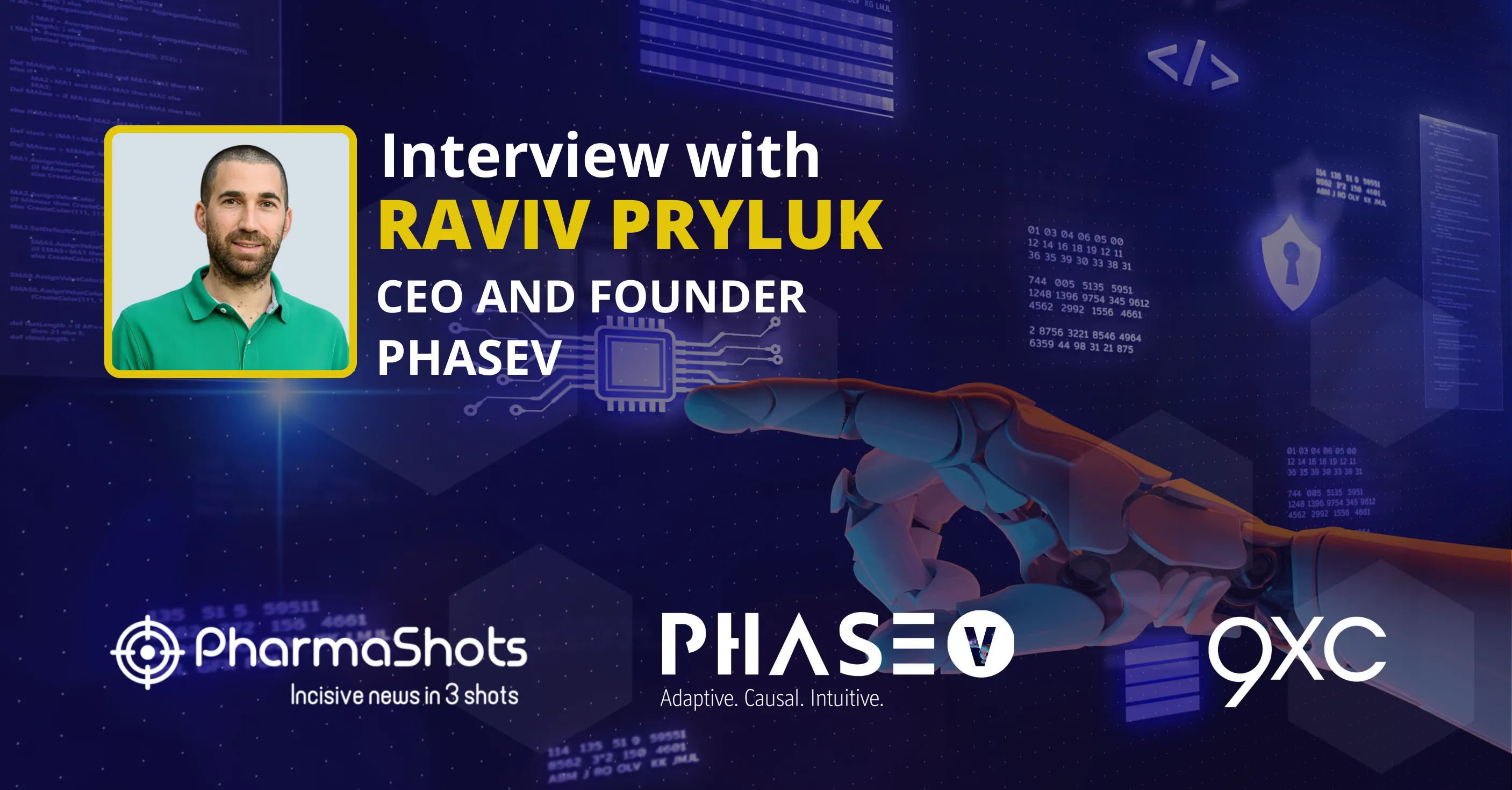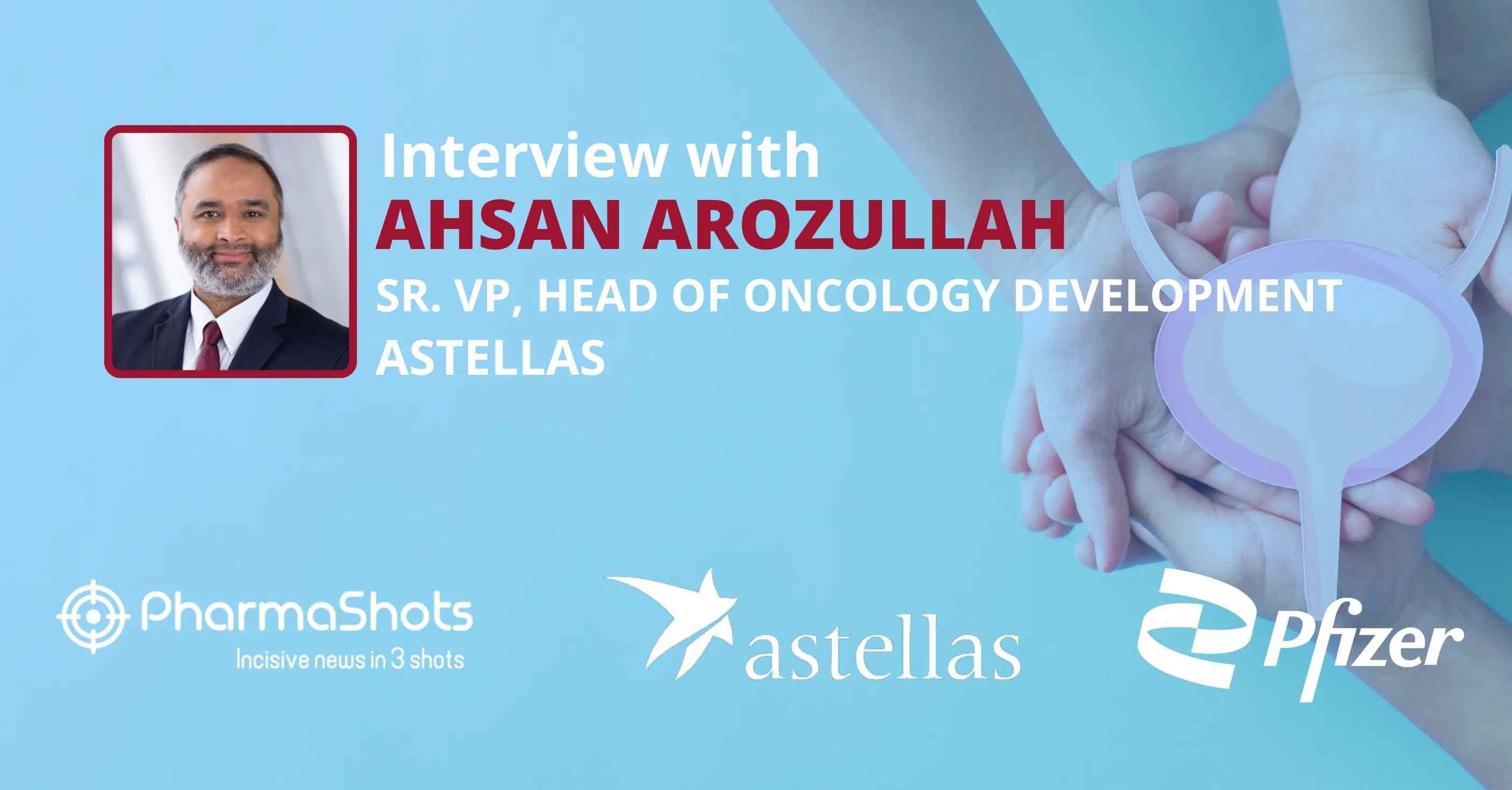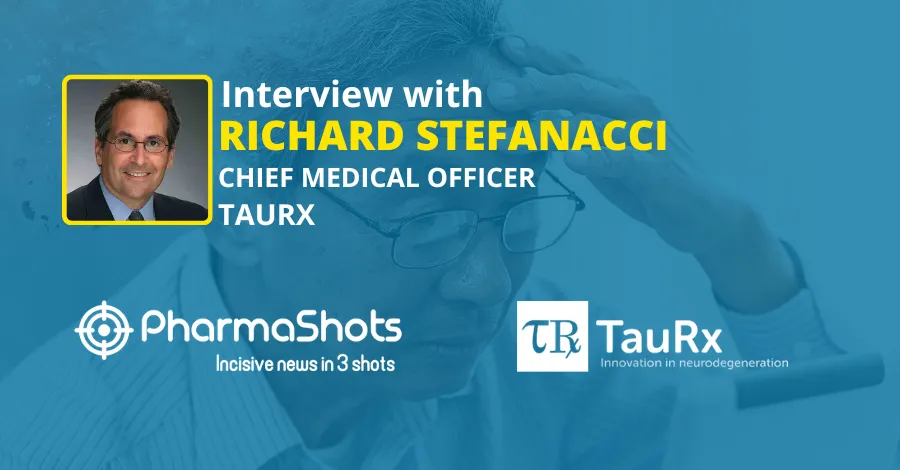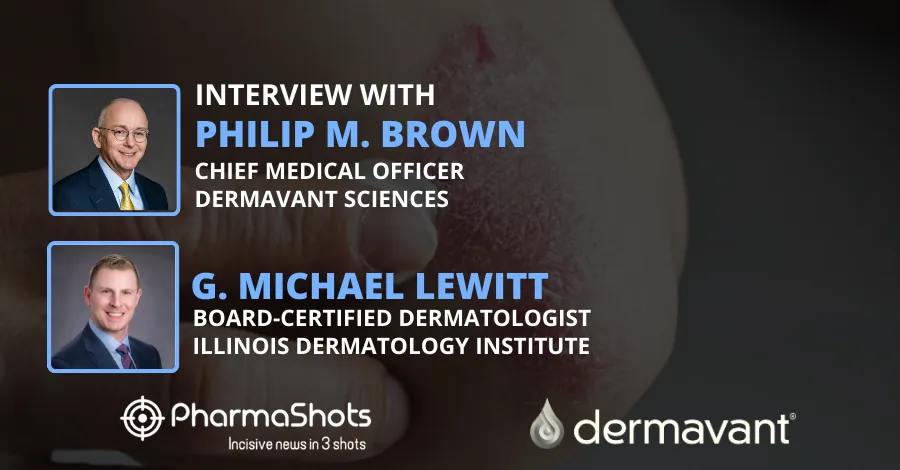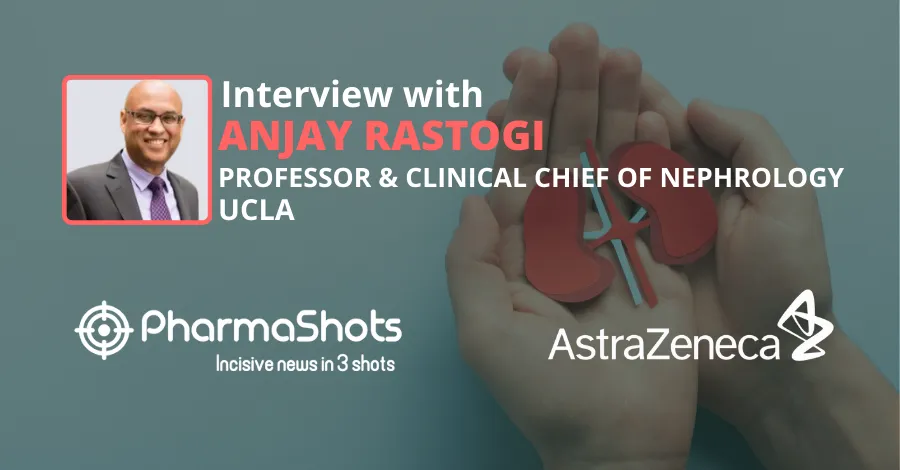
Servier at SNO 2023: Dr. Susan Pandya Sheds Light on IDH-Mutant Diffuse Glioma Management
Shots:
- In a stimulating conversation with PharmaShots, Dr. Susan Pandya shares insights from their presentation at SNO 2023 to strengthen Servier’s Neuro-Oncology Profile
-
While highlighting the details of vorasidenib, Susan articulately explains the study design of the P-III Indigo trial evaluating vorasidenib in patients with IDH-mutant diffuse glioma
-
With a fast-track designation and breakthrough therapy designation in hand, Servier is steadfastly working on regulatory fillings across the globe to introduce the therapy to as many patients as possible
Saurabh: Would you please begin by elaborating more on the details of vorasidenib (MOA, ROA, formulations, etc)?
Susan: Vorasidenib is Servier’s investigational, oral, selective, highly brain-penetrant dual inhibitor of mutant IDH 1 and 2 enzymes in patients with residual or recurrent IDH 1/2-mutant diffuse glioma. Adult-type diffuse gliomas represent approximately 81% of primary malignant brain tumors. Of those, approximately 20% harbor an IDH mutation, including 100% of grade 2 and grade 3 adult-type diffuse gliomas, as well as a smaller portion of grade 4 tumors.,[i],[ii] making it a prime target for new therapeutic approaches. Vorasidenib works by blocking the activity of the mutant IDH1 or IDH2 enzyme and thereby reducing the production of an onco-metabolite known as 2-hydroxyglutarate (2-HG). High levels of 2-HG induce epigenetic and genetic alterations, promoting the development of cancer. Servier has been pioneering the development of therapies to target mutant IDH enzymes in a variety of cancers with high unmet need.
Saurabh: Highlight the study design of the P-III (INDIGO) clinical trial evaluating vorasidenib in patients with IDH-mutant diffuse glioma.
Susan: INDIGO is a registration-enabling Phase 3 global, randomized, double-blinded placebo-controlled study of vorasidenib in patients with residual or recurrent grade 2 glioma with an isocitrate dehydrogenase 1/2 (IDH1/2) mutation who have undergone surgery as their only treatment (NCT04164901). From February 2020 through September 6, 2022 (2nd planned interim analysis data cutoff), 331 patients were randomized globally (78 centers in 10 countries) to receive vorasidenib (n=168) 40mg once daily or placebo (n=163) continuously in 28-day cycles. Of the 331 patients, 172 had oligodendroglioma (88 vorasidenib; 84 placebo) and 159 patients had astrocytoma (80 vorasidenib; 79 placebo). The primary endpoint of the clinical trial is progression free survival (PFS) based upon radiographic imaging assessed by blinded independent review and the key secondary endpoint is time to next intervention (TTNI). At the time of centrally confirmed radiographic progression, patients randomized to placebo were given the option to cross-over to receive vorasidenib based upon protocol defined eligibility.
Saurabh: Shed some light on the key findings obtained from the P-III (INDIGO) clinical trial.
Susan: The results from the Phase 3 INDIGO study evaluating vorasidenib in IDH-mutant grade 2 glioma represent the first major advance for patients with low-grade glioma in more than two decades with statistically significant and clinically meaningful improvements in progression free survival (PFS) and time to next intervention. These findings were first presented as a late breaking abstract during the plenary session at the 2023 American Society of Clinical Oncology (ASCO) Annual meeting in June 2023 and published simultaneously in the New England Journal of Medicine. The data showed that the INDIGO clinical trial succeeded in meeting its primary endpoint of progression free survival (PFS) per blinded independent review committee (BIRC) and key secondary endpoint of time to next intervention (TTNI) at the prespecified second interim analysis.
-
The primary endpoint, PFS per BIRC, was statistically significant and clinically meaningful in favor of the vorasidenib arm (HR, 0.39; 95% CI, 0.27 to 0.56; 1-sided P=0.000000067), median PFS for vorasidenib and placebo was 27.7 vs 11.1 months, respectively.
- TTNI was also statistically significant (HR, 0.26; 95% CI, 0.15 to 0.43; 1-sided P=0.000000019). Median TTNI was not reached for vorasidenib and 17.8 months for placebo.
-
The safety profile for vorasidenib was well tolerated with predominantly low-grade events and was consistent with the safety data from the Phase 1 studies.
Saurabh: Tell us briefly about the line of abstracts presented by Servier at SNO 2023. What potential benefits were gained from your presentation at the SNO 2023?
Susan: Following the data presented at ASCO 2023, Servier presented the analyses for additional endpoints from the Phase 3 INDIGO trial highlighting the impact of vorasidenib treatment on mutant IDH1 or IDH2 diffuse glioma tumor growth rate as assessed by volume measurement from MRI imaging. The results demonstrated that treatment with vorasidenib reduced tumor growth rate (TGR) and shrunk tumor volume, whereas continued growth in tumor volume was observed in patients randomized to the placebo arm. In patients randomized to the vorasidenib arm, tumor volume decreased by a mean of 2.5% (TGR of -2.5%; 95% CI: -4.7% to -0.2%) every 6 months, while tumor volume increased by a mean of 13.9% (TGR of 13.9%; 95% CI: 11.1% to 16.8%) every 6 months for patients randomized to the placebo arm, as measured by a blinded independent radiology committee. Additional secondary and exploratory endpoint analyses suggested vorasidenib treatment resulted in preservation of quality of life, neurocognition, and seizure control. These data provide additional evidence of the clinical benefit of vorasidenib in this high unmet need population.
Saurabh: IDH-mutant diffuse glioma is a prevalent disease among adults and with a bundle of therapy options already available. How would vorasidenib stand out from the competition?
Susan: There are no approved treatments for patients with IDH mutated gliomas and the current treatment paradigm of surgery, chemotherapy, and/or radiation therapy relies on treatment approaches that are not specific to the biologic basis of the disease. These treatments are not curative, are limited in number, and can be associated with cumulative and chronic toxicities. As IDH mutations are the most common mutations in this disease in addition to being disease defining based on the WHO 2016 and 2021 classifications of diffuse gliomas, vorasidenib offers a potential breakthrough in the treatment paradigm and in fact, vorasidenib was granted breakthrough therapy designation in August 2023 by the FDA.
Historically, there have been few advancements in the management of diffuse glioma and vorasidenib has the potential to be the first new therapy approved in more than 20 years – providing patients with IDH-mutant diffuse glioma newfound hope.
Saurabh: As you are walking towards the end of the P-III clinical study, what plans do you have in mind for registering vorasidenib for approval?
Susan: Due to accelerated enrollment, the Phase 3 INDIGO trial was well ahead of schedule. Vorasidenib was granted fast track designation (March 2023) and breakthrough therapy designation (August 2023) by the U.S. Food and Drug Administration (FDA). Servier is working rigorously on regulatory filings globally, with the goal of bringing this therapeutic option to as many patients as possible.
Saurabh: Lastly, what commercialization strategies are you planning for vorasidenib? Could patients expect any programs associated with vorasidenib?
Susan: IDH mutations occur in a broad variety of cancers, including acute myeloid leukemia, myelodysplastic syndrome, cholangiocarcinoma, chondrosarcoma, and glioma, and the company’s focus has been on developing therapies that selectively target the mutant IDH protein in these disease settings and push the boundaries of innovation in oncology to improve the outcomes for patients suffering with these cancers. At Servier, our number one priority is ensuring patients who are affected by difficult and hard-to-treat cancers are able to access the treatments they need. With that in mind, Servier is working to ensure commercial availability for vorasidenib at launch so that everyone who needs this treatment will have access to it as soon as possible.
Image Source: Canva
About the Author:

Susan Pandya
Susan Pandya is the Head of Cancer Metabolism Global Development Oncology & Immuno-Oncology at Servier Pharmaceuticals. She is a passionate and innovative oncologist with over a decade of oncology drug development experience in both academic and biotech settings.
Susan comes to Servier from Agios Pharmaceuticals, where she spent the last 5 years leading Oncology Clinical Development. Susan has worked in pivotal programs, including one with IDH1 mutant cholangiocarcinoma, which resulted in submitting a supplemental new drug application for ivosidenib. Earlier in her career, she led the development of early-stage oncology and muscle disease assets at Acceleorn Pharma.
Susan earned her Doctor of Medicine from Tufts University School of Medicine and completed her residency in internal medicine and fellowship in Hematology/Oncology at the Beth Israel Deaconess Medical Center (BIDMC), a Harvard University teaching hospital. She continued her career as a board certified Hematologist/Oncologist at BIDMC with a focus on early phase clinical development as the Associate Director of the Phase 1 experimental therapeutics program, while maintaining a clinical practice in GI and Breast Oncology where she mentored medical students, residents and fellows in training.
Related Post: Treating Plaque Psoriasis with VTAMA: Dermavant ‘s Philip M. Brown & G. Michael Lewitt in Conversation with PharmaShots
Tags

Saurabh is a Senior Content Writer at PharmaShots. He is a voracious reader and follows the recent trends and innovations of life science companies diligently. His work at PharmaShots involves writing articles, editing content, and proofreading drafts. He has a knack for writing content that covers the Biotech, MedTech, Pharmaceutical, and Healthcare sectors.



